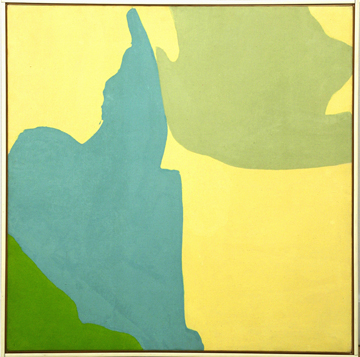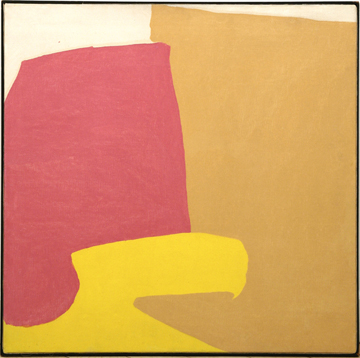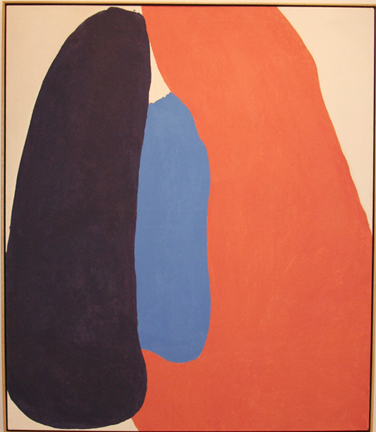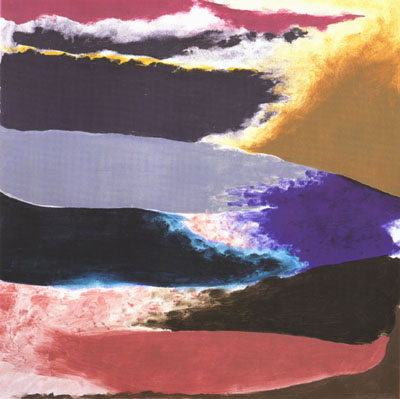Friedel Dzubas (1915-1994)
Get a Dzubas Certificate of Authenticity for your painting (COA) for your Dzubas drawing.
For all your Dzubas artworks you need a Certificate of Authenticity (COA) in order to sell, to insure or to donate for a tax deduction.
Getting a Dzubas Certificate of Authenticity (COA) is easy. Just send us photos and dimensions and tell us what you know about the origin or history of your Dzubas painting or drawing.
If you want to sell your Dzubas painting or drawing use our selling services. We offer Dzubas selling help, selling advice, private treaty sales and full brokerage.
We have been authenticating Dzubas and issuing certificates of authenticity since 2002. We are recognized Dzubas experts and Dzubas certified appraisers. We issue COAs and appraisals for all Dzubas artworks.
Our Dzubas paintings and drawings authentications are accepted and respected worldwide.
Each COA is backed by in-depth research and analysis authentication reports.
The Dzubas certificates of authenticity we issue are based on solid, reliable and fully referenced art investigations, authentication research, analytical work and forensic studies.
We are available to examine your Dzubas painting or drawing anywhere in the world.
You will generally receive your certificates of authenticity and authentication report within two weeks. Some complicated cases with difficult to research Dzubas paintings or drawings take longer.
Our clients include Dzubas collectors, investors, tax authorities, insurance adjusters, appraisers, valuers, auctioneers, Federal agencies and many law firms.
We perform Friedel Dzubas art authentication. appraisal, certificates of authenticity (COA), analysis, research, scientific tests, full art authentications. We will help you sell your Friedel Dzubas or we will sell it for you.

Dzubas studied art in his native land before fleeing Nazi Germany in 1939 and he settled in New York City. Dzubas began exhibiting his Abstract expressionist paintings in important venues during the 1950s. His work was included in the legendary Ninth Street Show in New York City in 1951, and in group exhibitions at the Leo Castelli gallery. In the 1960s he became associated with Color field painting and Lyrical Abstraction. He was included in Post-painterly abstraction a 1964 exhibition curated by Clement Greenberg. Dzubas was a friend of Clement Greenberg, who in turn introduced him to Jackson Pollock and other artists.

In Manhattan during the early 1950s, he shared a studio with fellow abstract painter Helen Frankenthaler and gained recognition, but not on the scale of some of his other contemporaries like Jackson Pollock and Willem DeKooning. However he showed steadily and his large work (up to 24 feet wide) became more and more fluid. During the last three decades of his career Dzubas had more than sixty solo exhibitions in important galleries around the world. He was represented by the Andre Emmerich gallery and Knoedler Contemporary Arts in New York for more then thirty years. Eventually in 1976 settling in Massachusetts, He also painted and lived in New York City, where his paintings were regularly exhibited.

He was known for using Magna paint an oil based acrylic paint. Magna was originally developed by the paintmakers Leonard Bocour and Sam Golden for and also used by Morris Louis. Dzubas would apply thick layers of color over washes building drama and depth by scrubbing the paint into the unprimed canvas. Dzubas used staining, brushing and other ways of applying sensitive and intense color. His paintings were generally large in size and scale, but he made many very small paintings as well.

Still wondering about a German painting in your family collection? Contact us…it could be by Friedel Dzubas.
